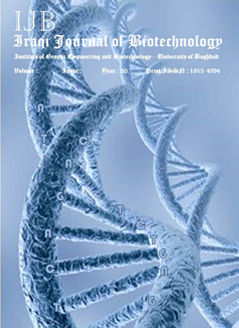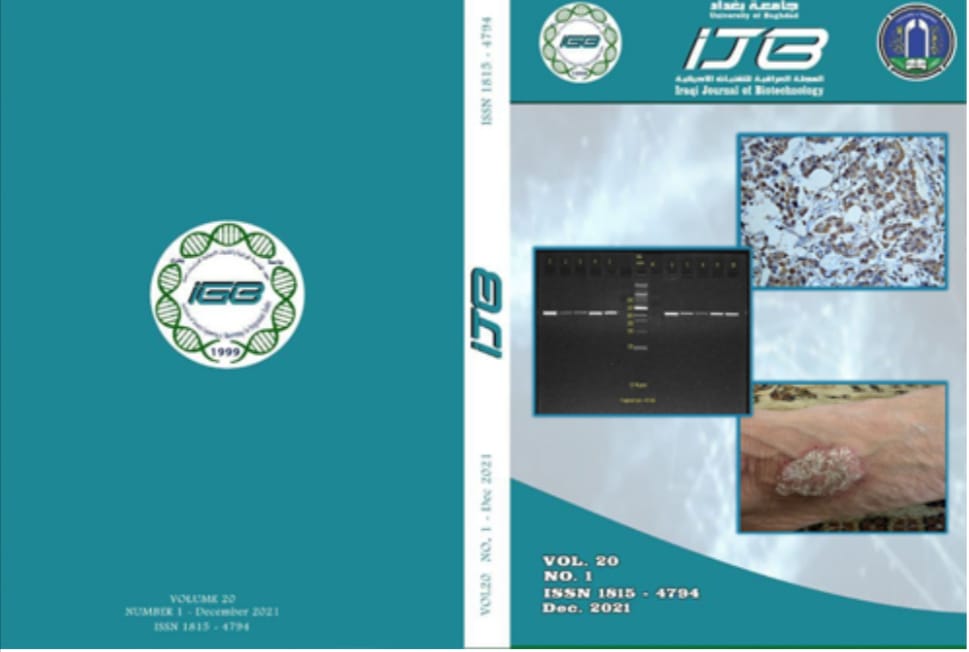Association of the A1 allele of D2 dopamine Receptor gene Polymorphisms with Alcohol and Drug abuse among some of Iraqi Population
Abstract
Dopamine is known to be involved in several essential brain functions, such as locomotors behavior, cognition, motivation and neuroendocrine secretion, with its actions mediated via dopamine receptors. In particular the dopamine D2 receptors has been implicated in reward mechanisms in the brain. Dysfunction of the D2 dopamine receptors lead to aberrant substance seeking behavior. A widely studied of single nucleotide polymorphism (SNP), which so-called drd2/ANKK1 Taq1A polymorphism (rs1800497, Glu713Lys) is located ~10 kb downstream from the drd2 gene in the ankyrin repeat and kinase domain containing 1 (ANKK1) gene. The presence of A1 allele of the drd2 gene has been associated with a predisposition for addiction although there are limited data about its phenotypic expression in addiction. Methods: The case control study was designed to determine the association of D2 dopamine receptors gene polymorphism and substances abused on 115 individuals (80 control and 35 person addicted with alcohol and drug substances) were collected from Al- Hilla Prison Reform Central in Babylon. DNA was extracted from the peripheral blood of all participants, and the abovementioned single-nucleotide polymorphisms (SNPs) were genotyped by RFLP –PCR (Restriction Fragment Length Polymorphism). The results were confirmed by using sequencing technique. Results: The result of the RFLP PCR and DNA sequencing methods revealed that the TaqI A1/A1 drd2 genotype was significant associated with addiction (OR= 9.75 ; 95%, CI = 1.94-29.08, P= 0.003), among 80 control A1/A1 genotype was 2.5% (2/80), while in addicted individual was 20% (7/35) and the A1 allele frequency was related with 1.9 fold higher risk for addiction than the A2 allele (OR= 1.88;95%, CI= 1.04-3.4 , p= 0.028). In conclusion, the presence of the Taq A1 allele of the drd2 gene results in a significant increase in the risk of developing addiction.


